Those who wanted to make a list of the most environmentally-friendly businesses out there probably wouldn’t consider restaurants to be worthy of making the cut. And this is generally for good reason: they use an extraordinary amount of energy and water, and the amount of garbage they produce is pretty astonishing. Anyone who’s ever walked past a restaurant during closing time will have some idea of how much garbage gets produced!
Think of all the un-green activities that go on in your home and multiply that many, many, many times over and you may have somewhat of an idea of how much waste is produced by your average restaurant.
But are restaurants doomed to be very un-green? Well, it’s not exactly easy for restaurants to be environmentally-friendly, but it’s definitely achievable to some degree. Those who are running a restaurant should definitely seek to make their business as environmentally-friendly as possible. Not only will it save them money as well as contributing to the safety of the planet, but it will also make the restaurant much safer and more hygienic if they do it right.
This is a quick guide on some of the things you should be doing to work towards a green restaurant.
Use sustainable foods
One of the most popular suggestions in this field is that you only cook what’s in season. The greenest restaurants out there keep their menu seasonal, which means changing it up four times a year, rotating new dishes into things every few weeks. This is because getting things out-of-season costs a lot more in terms of energy due to more complex transportation needs. It also encourages the use of certain chemicals and other practices that keep certain produce growing even when the conditions aren’t right for it.
This isn’t always feasible for a lot of restaurants, however. If you don’t want to go fully into a seasonal menu, then make sure you get your produce locally and organically. This also reduces the use of transport. It helps sustain ecosystems in the long run, and also prevents you from getting too many items that were grown using dangerous pesticides.
If you want to take things a step further, you could even look into growing your own produce. There are more restaurants out there that do this than you may think; it saves them money and gives them total control over the produce process. If you do it right, it can be the most environmentally-friendly way to attain the ingredients you need. Of course, it requires a plot of land, so it may not be that feasible for the majority of restaurants in urban areas!
Get flow restrictors on your faucets
Anyone who has worked in a restaurant can tell you that there are always mountains of dishes to do all of the time. The person washing the dishes has to deal with a mountain of plates, utensils, pots, pans, etc., that never seems to decrease in size; it replenishes itself every time you think you may have made a dent in the workload after a good ten minutes washing up.
What becomes clear here is that you’re going to be using a lot of water. But as many people know, the amount of water you end up using to wash dishes – or to do anything, really, except drink it – is always a lot more than you really need. Most of the water coming out of the faucet doesn’t actually get used for washing and rinsing. That’s why you need to install flow restrictors on your restaurant faucets. This allows employees to more accurately use precisely as much as they need to keep things clean.
Buy safe cleaning materials
When we talk about cleaning in a restaurant, we’re not just talking about washing dishes. We’re talking about the need to clean the worktops on a frequent basis. The need to clean the tables every time a customer is done so that the next customer doesn’t sit down to a grubby table. There will be spills to deal with, both on tops and on the floors. So you end up using a lot of cleaning material in the form of dish soap, all-purpose cleaners, hand wash, and even laundry detergent for employee’s uniforms.
It’s difficult to limit the amount of this stuff that you use. While it’s something you should make all of your employees aware of, you’ll never escape the fact that you have to use a lot. So if you’re going to use a lot of it, you need to make sure that the stuff you’re using is as clean and organic as possible so it doesn’t send so many toxins into the air. It should be produced by an ethical company. You can get this kind of stuff wholesale, something that’s essential for restaurants. Have a look around for places where you can buy cleaners wholesale.
Recycling
“Recycling.” It’s enough to make you yawn, right? It’s the word you’re basically guaranteed to see when you read any article about going green. And sure, there are ample opportunities to recycle in restaurants. As long as you have recycling stations set up everywhere – the kitchen, the waiting area, the dining area, the bar, even the office – then surely you’re doing all you can, right?
The problem here is, of course, the food. The amount of food that goes wasted in restaurants is enough to take your breath away. But what exactly are you supposed to do when your business is a downtown restaurant? You may have heard about sending food off to be composted or otherwise used in local gardening, but a lot of that doesn’t seem feasible when you’re so far away from the kind of sites that utilize these things.
Thankfully, there are actually ways in which you can send off food waste for composting and gardening. There are haul away services out there that will come and take that waste off of your hands – the fruit and vegetable waste, the coffee grounds, etc. – and send it to a composting facility. There are websites out there that let you locate composting facilities if you’re interested in this route.
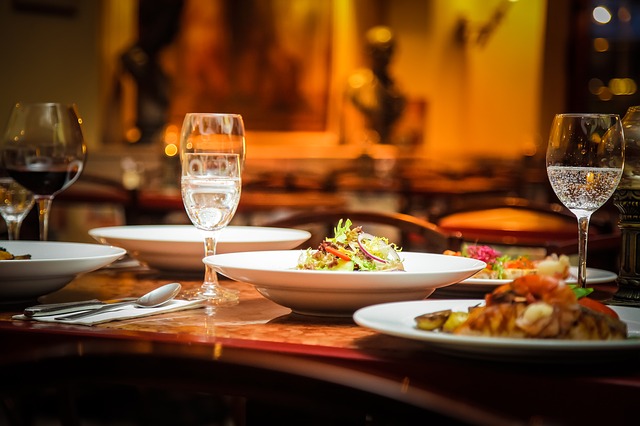
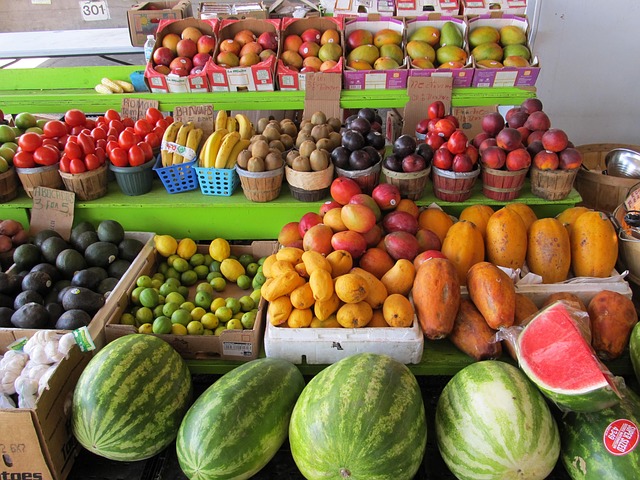
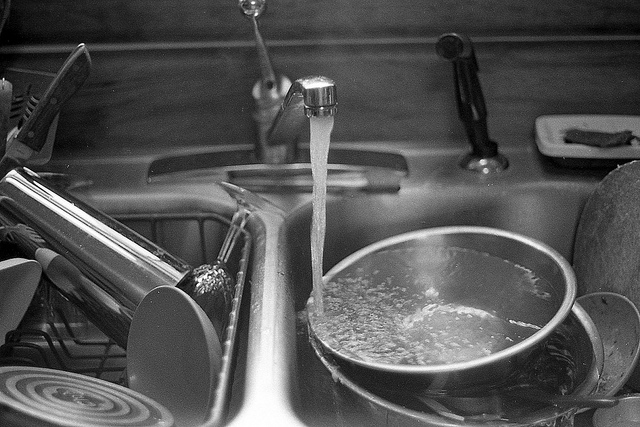
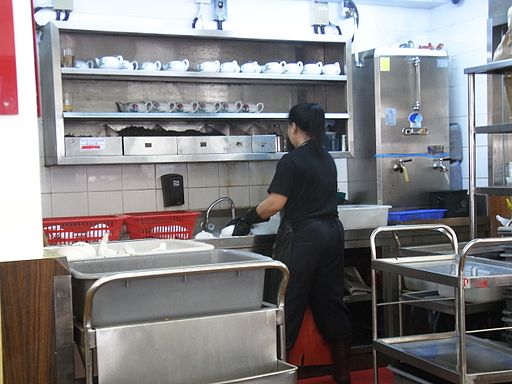
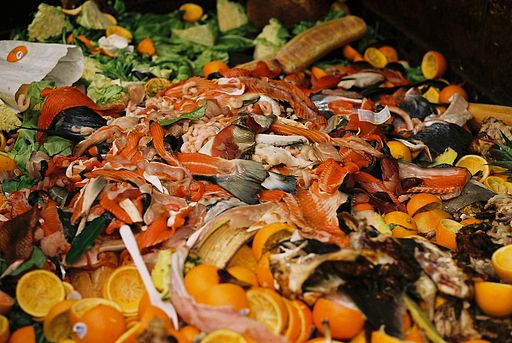
Great job on the content! It’s clear, informative, and really helpful for anyone looking to learn more.
Regular truck brake maintenance is essential for ensuring safety and optimal performance on the road.
Routine checks and timely repairs prevent costly issues and keep your vehicle running smoothly.
brake maintenance
Owning a restaurant offers a great opportunity to embrace sustainable practices and forge a meaningful connection with the environment. By implementing eco-friendly measures such as reducing food waste, using local ingredients, and minimizing energy consumption, a restaurant can reduce its carbon footprint while enhancing its reputation. Sustainable efforts could include using compostable packaging, offering plant-based menu items, and supporting green initiatives. For example, a restaurant that serves beverages such as mixue rasa kopi can explore sourcing organic coffee beans and using eco-conscious materials for cups and straws, contributing to a greener future. Small changes may have a significant impact, making a difference in both the community and the planet.